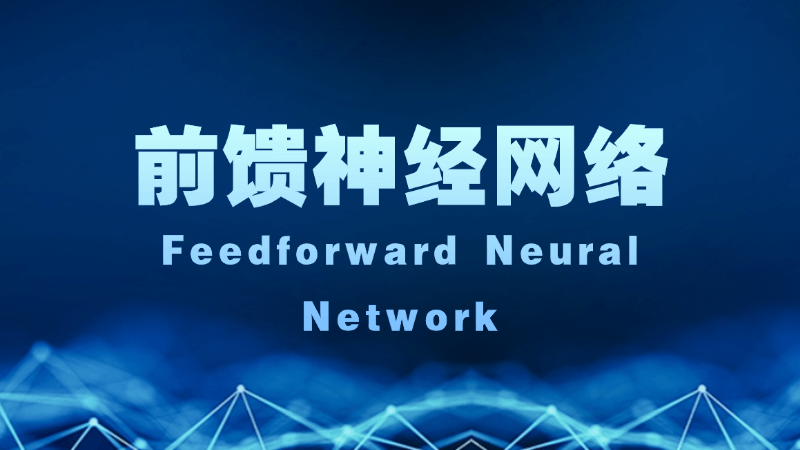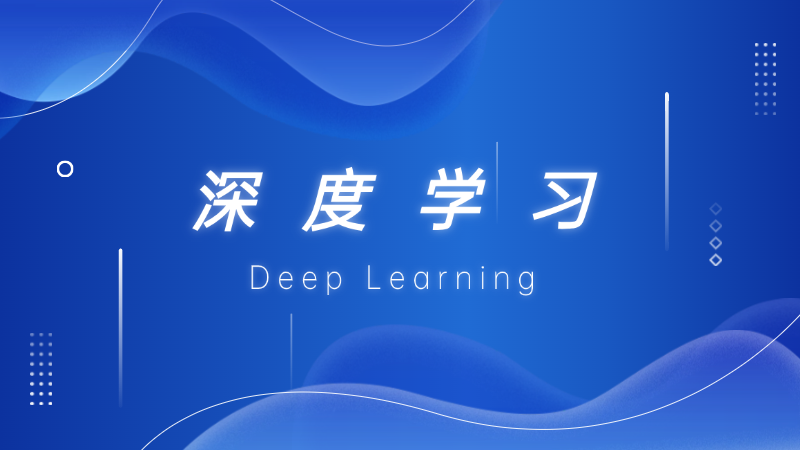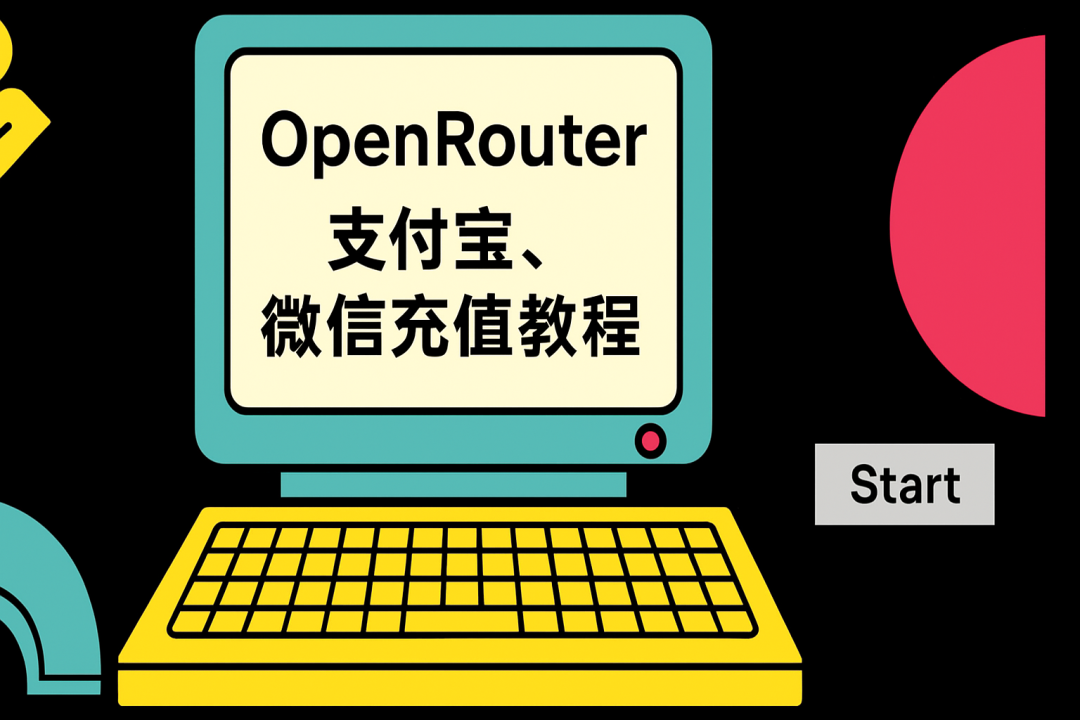What is Feedforward Neural Network (FNN) in one article?
Definition of feedforward neural network
Feedforward Neural Network (FNN) is a basic and widely used artificial neural network model. The core feature is that the connections in the network do not form any loops or feedback paths, and the information flows strictly unidirectionally from the input layer to the output layer, where it is processed through one or more hidden layers. The unidirectional flow allows feedforward neural networks to process data with a clear direction and is suitable for a variety of supervised learning tasks such as image classification, speech recognition and predictive analytics. The network consists of a large number of artificial neurons, which are arranged in layers, with neurons in each layer being fully connected to all neurons in the next layer, and the strength of the connections is indicated by a weight parameter. The weights are adjusted during training by an optimization algorithm to minimize the error between the predicted output and the true value. The simple structure of feed-forward neural networks makes them ideal for an introduction to deep learning and lays the foundation for more complex networks such as convolutional neural networks and recurrent neural networks.
Basic structure of feedforward neural networks
The structure of a feedforward neural network usually consists of three main parts: an input layer, a hidden layer, and an output layer. Each layer consists of multiple neurons, which pass information between them through weighted connections.
- input layer: As the starting point of the network, the input layer is responsible for receiving raw data or feature vectors. The number of neurons corresponds to the dimension of the input data, for example, in image processing, the number of neurons in the input layer may be equal to the number of pixels. The input layer does not perform any computation and only passes the data to the next layer.
- hidden layer: The hidden layer is located between the input and output layers and is responsible for extracting and transforming features. A network can contain multiple hidden layers; the more layers there are, the deeper the network is and the more complex patterns it is able to learn. Each hidden neuron receives input from all neurons in the previous layer, applies weights and biases, and produces an output through an activation function.
- output layer: The output layer generates the final prediction of the network, and the number of neurons depends on the type of task. For binary classification problems, the output layer may have only one neuron using the Sigmoid activation function; for multiclassification, the Softmax function is commonly used to output the probability distribution.
- Full connectivity features: In a feedforward neural network, the neurons in each layer are fully connected to all the neurons in the next layer; this structure is called a fully connected or dense layer. The weight matrix defines the strength of these connections and the training process is to optimize the values of these weights.
- parameter scale: The number of parameters in a network is determined by the number of layers and the number of neurons per layer. Adding layers or neurons will enhance the model capability, but may also lead to overfitting or increased computational cost, which needs to be balanced in the design.
Working mechanism of feed-forward neural networks
Feedforward neural networks process input data and generate output through a forward propagation process. This mechanism involves multiple layers of computations and transformations to progressively derive predictions from the original inputs.
- forward propagation step: The data is passed forward layer by layer starting from the input layer. Each layer of neurons calculates the weights and inputs, adds a bias term, and then applies an activation function. For example, the hidden layer neuron output is equal to the activation function applied to the sum of the weights and inputs.
- The role of the activation function: The activation function introduces nonlinearity, enabling the network to learn complex relationships. Common choices include the linear rectifier unit (ReLU), which outputs positive inputs with negative values set to zero; the sigmoid function, which compresses values between 0 and 1; and the hyperbolic tangent function (Tanh), which outputs a range of -1 to 1. These functions prevent the network from degenerating into a linear model.
- output calculation: At the output layer, the network generates a final output based on the type of task. Regression tasks may use a linear activation function to output values directly; classification tasks use a Softmax function to output category probabilities. Comparison of the output values with the true labels produces errors.
- calculation example: Assuming an input vector X, a weight matrix W, and a bias vector B, the output of each layer is an activation function f(W - X + B). This process is repeated until the output layer, which outputs the predicted value.
- deterministic operation: Since there are no feedback loops, forward propagation is deterministic: the same input always produces the same output. This is easy to understand and debug, but lacks the ability to handle sequential data.
Training methods for feedforward neural networks
Training feedforward neural networks involves tuning the network parameters to minimize the prediction error, mainly using back propagation algorithms and optimization techniques. The training process relies on labeled datasets for supervised learning.
- Definition of loss function: A loss function quantifies the difference between the predicted output and the true value. For regression problems, mean square error is commonly used; for classification problems, cross entropy loss is more common. Loss values guide the direction of parameter tuning.
- backpropagation algorithm: Backpropagation computes the gradient of the loss function for each weight. The algorithm first calculates the output and loss by forward propagation, and then calculates the gradient layer by layer from the output layer backward, applying the chain rule. The gradient indicates the magnitude and direction of weight adjustment.
- Gradient descent optimization: Optimization algorithms such as stochastic gradient descent use gradients to update weights and reduce losses. Stochastic gradient descent uses one data sample at a time or a small batch of samples to update parameters, balancing computational efficiency and convergence speed. Learning rate controls the update step size and affects training stability.
- Iterative training loop: Train multiple iterations, each iteration traversing the entire dataset. The validation set monitors performance to prevent overfitting; the early stopping method terminates training when the validation loss no longer improves to improve generalization.
- hyperparameter tuning: Hyperparameters such as learning rate, number of hidden layers and number of neurons need to be manually adjusted. Grid search or random search helps to find the optimal configuration, while regularization techniques such as random inactivation or L2 regularization reduce the risk of overfitting.
Examples of applications of feedforward neural networks
Feedforward neural networks are successfully used in a wide range of applications thanks to their flexibility and effectiveness. These applications cover everything from everyday technology to specialized industries.
- image recognition: In computer vision, feedforward neural networks are used for image classification and target detection. For example, handwritten digit recognition systems such as MN dataset classification, where the network predicts digit categories from pixel inputs, provide the basis for more advanced convolutional neural networks.
- speech processing: Speech recognition systems use feed-forward neural networks to convert audio features into text or commands. Extracting Mel-frequency cepstrum coefficient features as input and outputting the corresponding phonemes or words aided the early development of virtual assistants such as Siri.
- natural language processing (NLP): Text categorization tasks such as spam filtering or sentiment analysis, feedforward neural networks process bag-of-words models or embedding vectors inputs and output category probabilities. Although recurrent neural networks are better at sequential data, feedforward networks are efficient in simple tasks.
- medical diagnosis: In the medical field, the network analyzes patient data such as ECG or images to assist in disease prediction. Input clinical features and output diagnostic results to improve the accuracy of doctors' decisions, but need to be combined with professional validation to avoid misdiagnosis.
- Financial forecasts: Financial markets use feed-forward neural networks for stock price prediction or credit scoring. Inputs historical data and economic indicators and outputs future trends to help investment decisions, despite the challenges posed by market volatility.
Advantages and Limitations of Feedforward Neural Networks
Feedforward neural networks offer significant advantages, but also have some limitations that affect their applicability. Understanding these aspects helps in rational model selection.
- Advantages: The model structure is simple, easy to implement and understand, and suitable for beginners to start deep learning. Generalized approximation capability allows the network to approximate any continuous function as long as there are enough hidden layers. High computational efficiency, fast forward propagation, suitable for real-time applications. High flexibility to adapt to various tasks by adjusting the architecture. Parallel processing capability, modern hardware such as graphics processors accelerate training and inference.
- Restrictions: Fully-connected structure leads to a large number of parameters and is prone to overfitting, and performs poorly especially on small datasets. Lack of memory mechanism to handle sequence or time dependent data, e.g. language modeling requires recurrent neural networks. Training may fall into local optima, gradient vanishing or explosion problems affect deep network performance. Poor interpretability, the network as a black box model, the decision-making process is not transparent, difficult to use in areas that require interpretability. High computational resource requirements, large-scale networks require large amounts of memory and processing time.
Historical evolution of feedforward neural networks
The development of feedforward neural networks has gone through several stages, from initial concepts to modern revival, reflecting technological advances and theoretical breakthroughs.
- early origins: In the 1940s, McCulloch and Pitts proposed an artificial neuron model to simulate biological neuron logic computation. in the 1950s, Rosenberg's perceptual machine became the first feed-forward neural network, but it could only deal with linearly divisible problems, and research went into a downturn after the limitations were exposed.
- Reverse communication breakthroughs: In the 1980s, Rumelhart, Hinton, and Williams rediscovered and generalized the backpropagation algorithm to achieve efficient training of multilayer networks. During this period, theories such as the Generalized Approximation Theorem were proved, stimulating new interest.
- The Rise of Deep Learning: In the late 2000s, increased computing power and the availability of big data fueled a renaissance in feed-forward neural networks. the work of Hinton et al. showed that deep networks could be trained, leading to a deep learning revolution. neural networks outperformed traditional methods in the ImageNet competition.
- Architecture Optimization: During development, improvements such as linear rectifier cell activation functions mitigate gradient vanishing and stochastic deactivation reduces overfitting. These innovations make the network deeper and more efficient to support modern AI applications.
- current position: Feedforward neural networks serve as foundational models for continuing education and new research. Despite the emergence of more complex networks, their simplicity and effectiveness remain relevant in many applications.
Feedforward neural networks vs. other neural networks
Feedforward neural networks have unique characteristics and applicable scenarios compared to other types of neural networks. The comparison highlights the respective strengths and weaknesses.
- Comparison with recurrent neural networks: Recurrent neural networks contain recurrent connections and process sequential data such as time series or natural language, while feedforward neural networks have no memory and are only suitable for static inputs. Recurrent neural networks are able to capture temporal dependencies but are more complex to train; feedforward networks are simple and efficient and are suitable for non-sequential tasks.
- Comparison with Convolutional Neural Networks: Convolutional neural networks are designed specifically for images and use convolutional layers to share weights, reduce the number of parameters, and improve translation invariance. Feedforward neural networks fully connected structures are parameter dense and less efficient in image processing, but can exist as fully connected branches in convolutional neural network architectures.
- Comparison with Generative Adversarial Networks: Generative Adversarial Networks are used to generate new data and consist of generators and discriminators for adversarial training. Feedforward neural networks are usually used for discriminative tasks such as classification and lack generative capabilities. Generative adversarial networks are more complex and require fine tuning of parameters.
- Comparison with Self-Encoders: A self-encoder is a feedforward neural network variant for dimensionality reduction or denoising that learns a compact representation by encoding and decoding structures. Standard feedforward networks do not automatically include this compression and focus on direct input-output mapping.
- Overall suitability: Feedforward neural networks are suitable for simple classification and regression, while other networks deal with specific problems. The choice depends on the data characteristics: feedforward for tabular data, convolutional neural networks for images, recurrent neural networks for sequences.
Mathematical Foundations of Feedforward Neural Networks
The operation of feedforward neural networks is built on mathematical principles involving linear algebra, calculus, and probability theory. These foundations ensure that the model is rigorous and optimizable.
- Linear Algebra Applications: Network computation is based on matrix multiplication and vector operations. The input data are represented as vectors, the weights are matrices, and the layer output is realized by matrix multiplication plus bias. For example, the hidden layer output is equal to the activation function f(W * X + B), where W is the weight matrix, X is the input vector, and B is the bias vector.
- The Role of Calculus: Backpropagation in training relies on gradient computation using the chain rule for derivation. The partial derivatives of the loss function with respect to the weights guide the update, and calculus provides tools to optimize the parameters. Gradient descent algorithms find loss minima based on first order derivatives.
- Probability theory links: In the classification task, the output layer Softmax function outputs a probability distribution and maximizing the likelihood function is equivalent to minimizing the cross-entropy loss. The probabilistic framework helps to understand model uncertainty and generalization capabilities.
- optimization theory: Training is essentially an optimization problem, minimizing the loss function. Convex optimization theory is not directly applicable due to network non-convexity, but methods such as stochastic gradient descent are effective in practice. Learning rate scheduling and momentum terms improve convergence.
- Generalized Approximation Theorem: A mathematical theorem proves that a single hidden layer feedforward neural network is sufficient to approximate any continuous function, given enough neurons. This provides theoretical guarantees that support a wide range of network applications, although deep networks are better in practice.
Activation function selection for feedforward neural networks
The activation function is a key component of feed-forward neural networks that introduces nonlinearity and determines the learning ability of the network. Different functions have different properties and applicable scenarios.
- sigmoid function (math.): The output ranges from 0 to 1 with smooth gradient, suitable for output layer probability estimation. However, it is easy to saturate resulting in vanishing gradients, slow training, and the output non-zero center may affect convergence.
- hyperbolic tangent function: Output range -1 to 1, zero center, stronger gradient, reduced training problems. Better than Sigmoid, but still saturable, commonly used for hidden layers.
- Linear rectifier unit: The computational simplicity of f(x)=max(0,x) mitigates the disappearance of the gradient and accelerates training. However, a negative output of zero can lead to neuron "death" and learning interruption.
- Linear rectifier with leakage: Improved linear rectifier units with small slopes in negative regions to avoid dead neurons. Parameterized versions such as parameterized linear rectifier units learn slopes to improve flexibility.
- Softmax function: Dedicated to output-layer multiclassification, which converts the output to a probability distribution that ensures a sum of 1. Paired with cross-entropy loss to optimize category prediction.
Types of loss functions for feedforward neural networks
The loss function measures model performance and drives the training process. The choice depends on the task type and data characteristics.
- mean square error: Used in regression tasks to calculate the mean of squared differences between predicted and true values. Sensitive to outliers, but provides a smoothed optimization landscape.
- cross-entropy loss: Used for categorization tasks to measure differences in probability distributions. Use binary cross entropy for binary categorization and categorical cross entropy for multicategorization, work with Softmax output to efficiently handle category imbalance.
- Absolute error loss: Replaces mean square error in regression, calculates absolute difference, more robust to outliers, but gradient discontinuity.
- Huber losses: Combine the advantages of mean-square and absolute errors, using a squared term for smaller errors and a linear term for larger errors, balancing sensitivity and robustness.
Optimization algorithm for feed-forward neural networks
Optimization algorithms adjust network parameters to minimize losses, affecting training speed and final performance. Different algorithms have different strategies and applicability.
- Stochastic gradient descent:Basic algorithm that uses one sample or small batch per update, computationally efficient but noisy.
- Momentum stochastic gradient descent:Introduces momentum term accumulation past gradient direction to reduce oscillations and accelerate convergence. Simulates physical inertia to help traverse flat regions.
- Adam Optimizer:Combines momentum and adaptive learning rates to compute learning rates for each parameter, suitable for non-convex problems. Widely used with default selection of many deep learning frameworks.
- Adagrad:Adaptive learning rate, tuned to the historical gradient of the parameter, suitable for sparse data.
- Learning rate scheduling:Dynamically adjust the learning rate, such as step decay or cosine annealing, to improve convergence and generalization. Practice with optimized algorithm selection.
© Copyright notes
Article copyright AI Sharing Circle All, please do not reproduce without permission.
Related posts

No comments...




